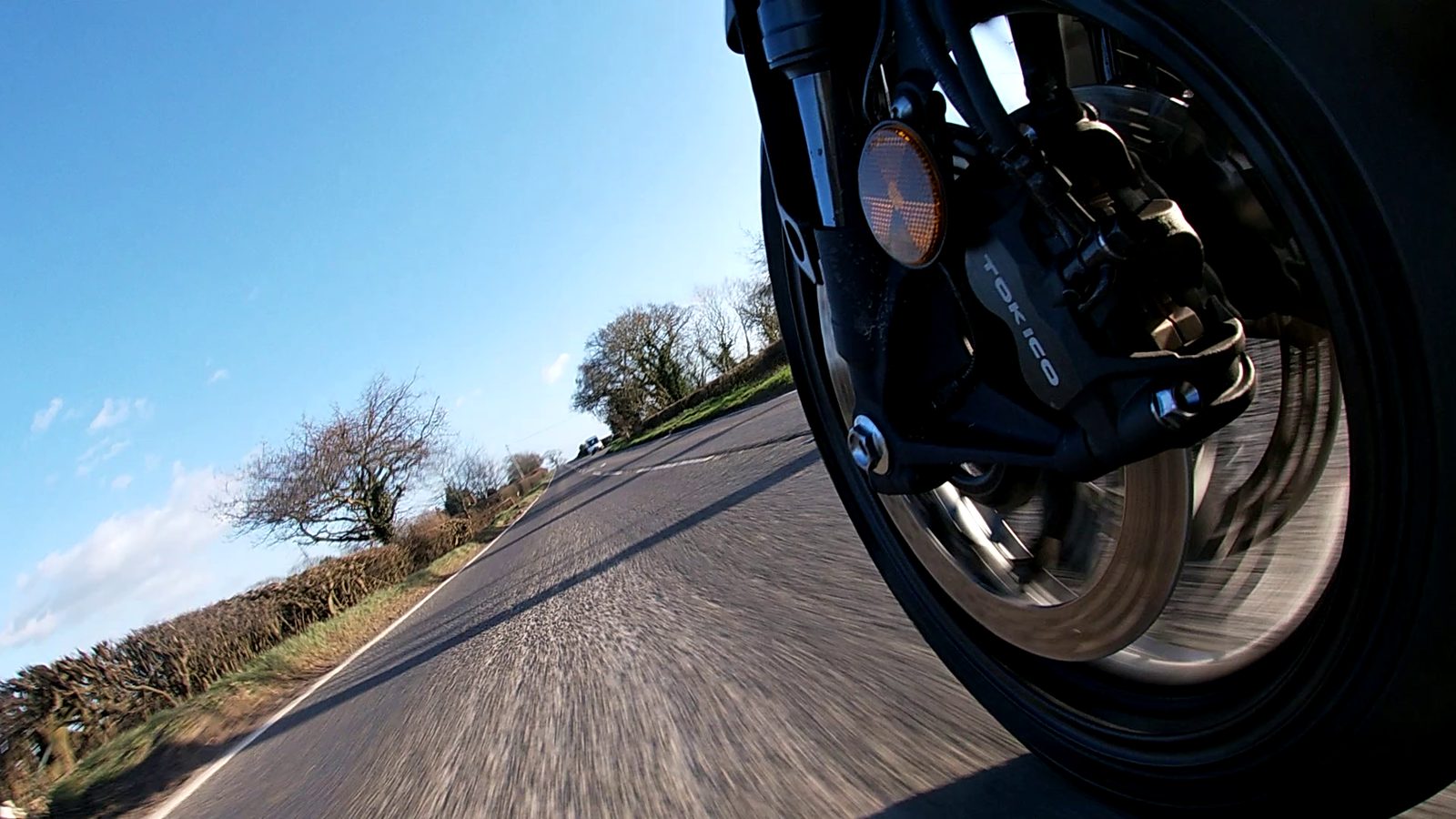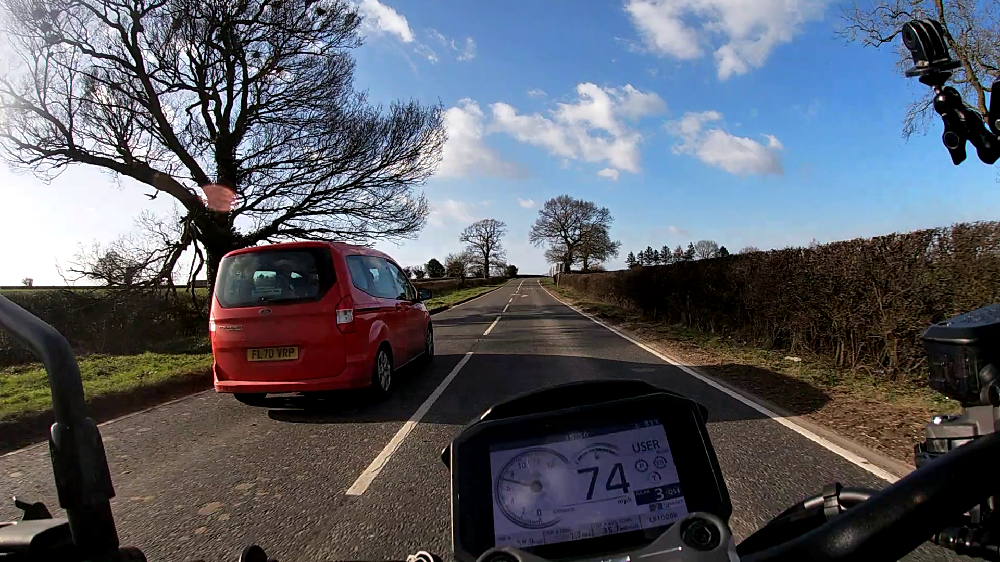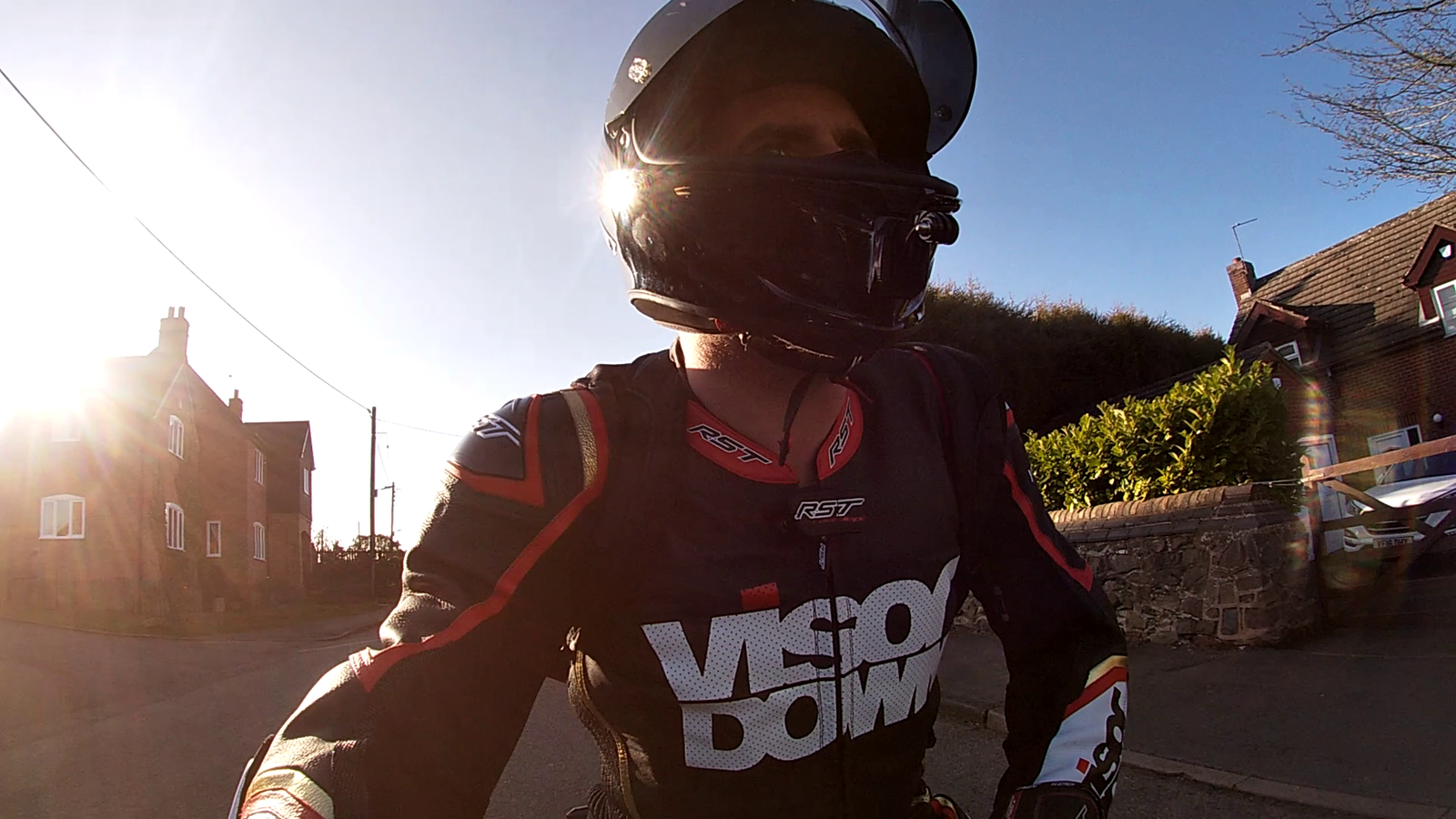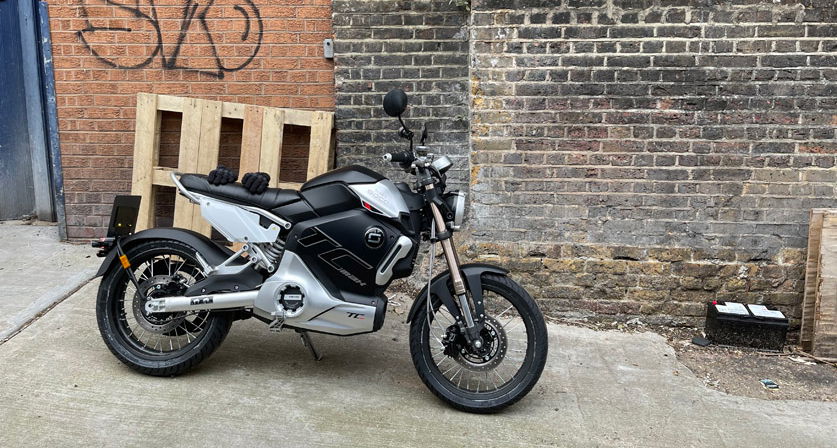WATCH | Honda CB1000R Black Edition first impressions review video
We’ve just put our first 100 miles on the Honda CB1000R Black Edition – here’s what we have learnt so far
.jpg?width=1600&aspect_ratio=16:9)
LAUNCHED in 2018, the Honda CB1000R represents the pinnacle of the Honda naked bike range, and for 2021 the bike has been given an updated Euro5 mill and a new look.
Before we get too deep into the changes for this model, a bit of background on why we are here, and why I’m riding around in the UK on a bike with Italian number plates. In a nutshell, COVID-19 has made merry with the motorcycle world, with events cancelled across the globe. One such event was the global press riding launch of the new Honda CB1000R, scheduled to take place in Italy this winter.
2021 Honda CB1000R Black Edition first impressions video review
Instead of just filtering the press launch bikes out into the general population, Honda decided to use these first models as its press fleet sending them across Europe and into the waiting arms of journos like me.
The upshot is, yes, it has Italian plates, although it is still totally road legal, insured, and fine for me to ride. Oh, and I’m not sure if it makes me immune to speeding tickets – I’ll keep you posted on how that final point plays out…
.jpg?width=1600)
Styling
It’s only really when you see the previous generation bike and the new 2021 that all of Honda’s tweaks to the styling actually become evident. Sure, the new headlight is very different, sloping forwards at its lower edge. It’s the first thing people noticed when we posted the images of the new bike at the tail end of last year. In truth, it’s not half as extreme as the images made it look, and actually, once my brain got used to the revised arrangement, I actually think it looks better.
.jpg?width=1600)
And it’s not just the headlight that’s changed, the panels that flank the radiator are not slanted forwards giving the impression that the bike is ready to pounce, and the new aluminium sub-frame also helps to make the tail of the bike seem slimmed down.
Specific to the Black Edition there is also a small flyscreen adorning the top of the re-styled headlight, as well as the obligatory moody black paint job that is highlighted by sweet-looking machine CNC detailing.
.jpg?width=1600)
The net result, I think it looks bloody stunning. Big nakeds, super nakeds, whatever you want to call them, they have a habit of looking a bit, well, a bit crap. The Ducati Streetfighter looks like an insect, KTM’s Super Duke looks like a spaceship, and MT-10 is like the lovechild of a Transformer and a toaster. The Honda CB1000R isn’t any of those things. It’s neat, tidy and in this Black Edition paint scheme, ever so classy.
.jpg?width=1600)
Honda CB1000R Black Edition Equipment
The previous Honda CB1000R was made up of the standard bike and the + (Plus) model. Owners selecting that bike gained a plethora of goodies including factory-fit heated grips, fly screen, single-seat cowl, mudguard, and an up and down quickshifter among others. That’s all changed for this year, with both bikes getting the same general spec but the Black edition is the only one that arrives in this colour scheme, with this level of detailing, the flyscreen, seat cowl, and the all-important quickshifter.

Both bikes in the Honda CB1000R family also get the latest-generation TFT screen which is a very good thing in my eyes. It’s super-clear, very nicely laid out, and has enough adjustability that even a half-arsed idiot like me can tune it into a style that I like.
The dash also allows Honda to fit the bike with the Honda Smartphone Voice Control – although only for Android users – shakes fist angrily in the air! Look, to be honest, it really doesn’t bother me that much as I tend to prefer just riding than spending time setting up my phone and dash before heading off. Although it would be nice to have the option to test it out.

Honda CB1000R Black Edition first impressions
Now, for clarity, I have ridden the previous version of the CB, it was a while ago and not for a very long, but it was enough to form an opinion of what I liked and what I didn’t. I remember the riding position being extremely comfortable, and it still is. The seat is nicely low at 830mm and the pegs are extremely low-set giving the bike a very relaxed lower body position. Above the waist the story continues, with a nicely neutral upper body stance that allows you to pick and choose between aggressive apex chasing or more gentile cruising.

Although if I can just go back to the apex chasing bit for a moment, it’s here where something I noticed on the previous generation bike seems to still be prevalent. Under normal riding conditions, pootling along and minding your own business, the bike feels nice and compliant, and perfectly comfortable. But start to push on and when the road gets bumpy, the rear shock will begin to misbehave.

It never gets unwieldy or wild, nothing of the sort, it just squats more than I’d like, stealing some of the front end’s poise in the process. It’s weird, because the front end feels very good, a tad on the soft side for proper sports riding you could say, but more than up to the task of letting you misbehave when required.
.jpg?width=1600)
Pulling into home after an hour of hooning around Warwickshire’s scenery and I crack out the tools and have a look at the rear shock. Without getting out the C-Spanner to adjust the pre-load, the only other option is to wind in a little bit of rebound damping. And just to confuse matters, it’s a stepless adjuster, meaning I can’t idiot-proof the process by counting the clicks. With nothing else for it, I give it one and a quarter turns to the tune of a firmer rear end. Nipping back out again and hitting the same roads I’d just ridden, and the difference was immediate, although it hadn’t totally cured it. I’ll probably be back to this question when it comes to filming the full review of the bike, and I’ll be looking to have got the setup just how I like it by then.
For more information on the new Honda CB1000R Black Edition, head to: honda.co.uk
.jpg?width=1600)

